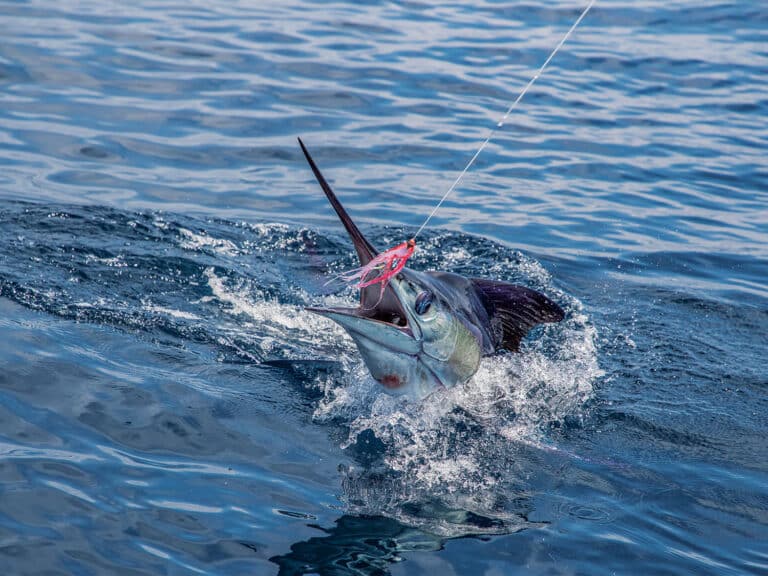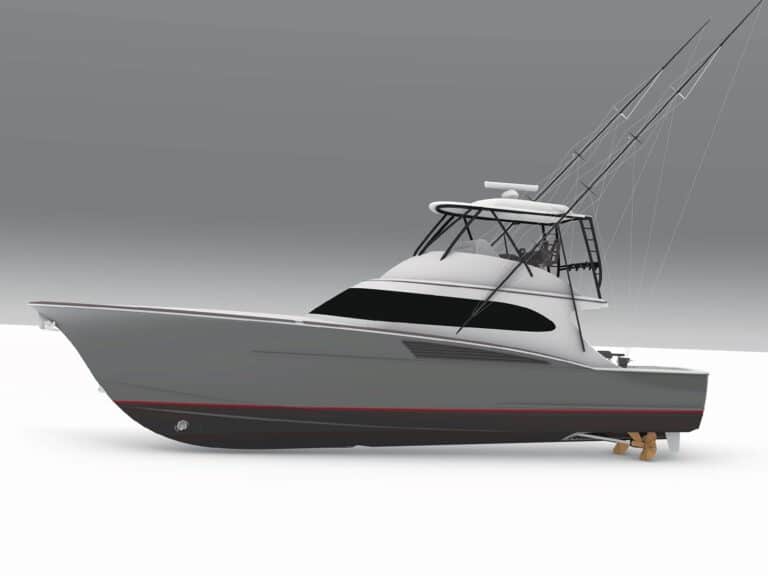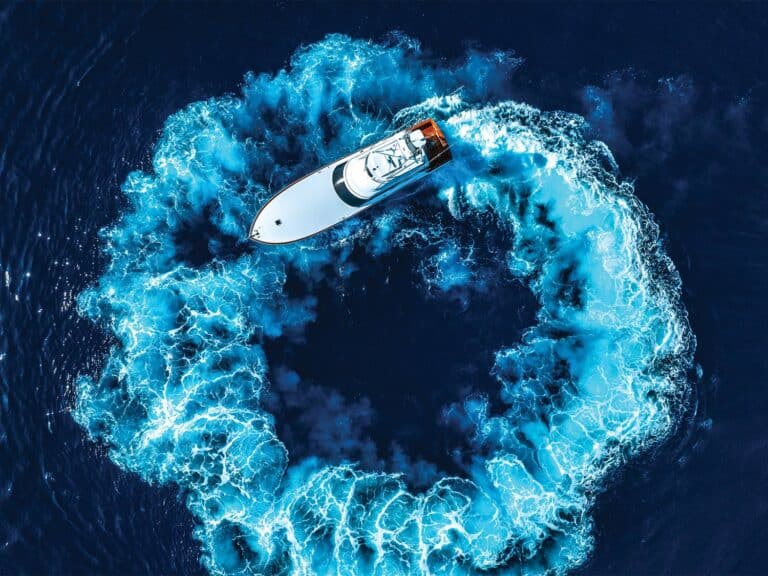
One of the most accomplished ambassadors in saltwater angling, Joan Vernon has traveled to the world’s best destinations to fish in—as well as host—tournaments, raising funds for conservation initiatives as well as overall awareness for sport-fishing tourism. Early in her career, Vernon was one of the few professional female light-tackle guides in South Florida. Decades of service earned her a well-deserved spot in the IGFA Fishing Hall of Fame in 2013; she was also named one of Field & Stream’s Heroes of Conservation in 2007. Today, she splits her time between the Florida Keys and Costa Rica, where she hosts several events under the Presidential Challenge Charitable Foundation banner.
Q: What are your earliest memories of fishing?
A: My parents were from Arizona and Michigan, and they were both avid anglers. In the wintertime, they would bundle me up in my little snowsuit and blankets, put me under the bow of the boat, and go out fishing at night for lake trout. I loved it so much.
Watch: Marlin in the dredge!
Q: How did you first become involved in the shift to circle hooks for billfish?
A: Capt. Ron Hamlin was a very dear friend of mine; we used to fish together as often as possible in Guatemala, first at the old Fins ‘n Feathers lodge and then later at Casa Vieja Lodge when it opened. He was a complete believer in circle hooks. At first, I wasn’t sold on them, but I put them to the test during a day of fun fishing with Capt. Norm Isaacs before the Presidential Challenge of Guatemala one year. He was using J hooks on his side of the boat and missing sailfish left and right, while I was using circle hooks. I think I missed only one fish all day. At the awards banquet for that event, I announced to everyone that all of my tournaments would allow only circle hooks from that point forward. I was sold on them. Not only were they so much better for the fish by rarely gut-hooking them, but once you learned the correct way to rig and fish them, they actually worked better in terms of hooking the fish. In 1999, the Presidential Challenge became the first billfish tournament series in the world to make the use of circle hooks mandatory. At the time, it forced a lot of people to learn how to use them correctly, and that was a good thing. Now circle hooks are mandatory in Guatemala, Costa Rica, and in tournaments in the United States with natural bait.
Q: What was your best day with Hamlin?
A: We had some incredible times fishing together, but on our best day, I released 40 sailfish on 8-pound-test. It was getting very late in the day and I had just released one, so I looked up at him on the bridge and asked if he knew what number that one was. He just said, ‘We’ve got to go, but not until you catch one more.’ So I put the bait back out, caught one more, and that was number 40 for the day.”
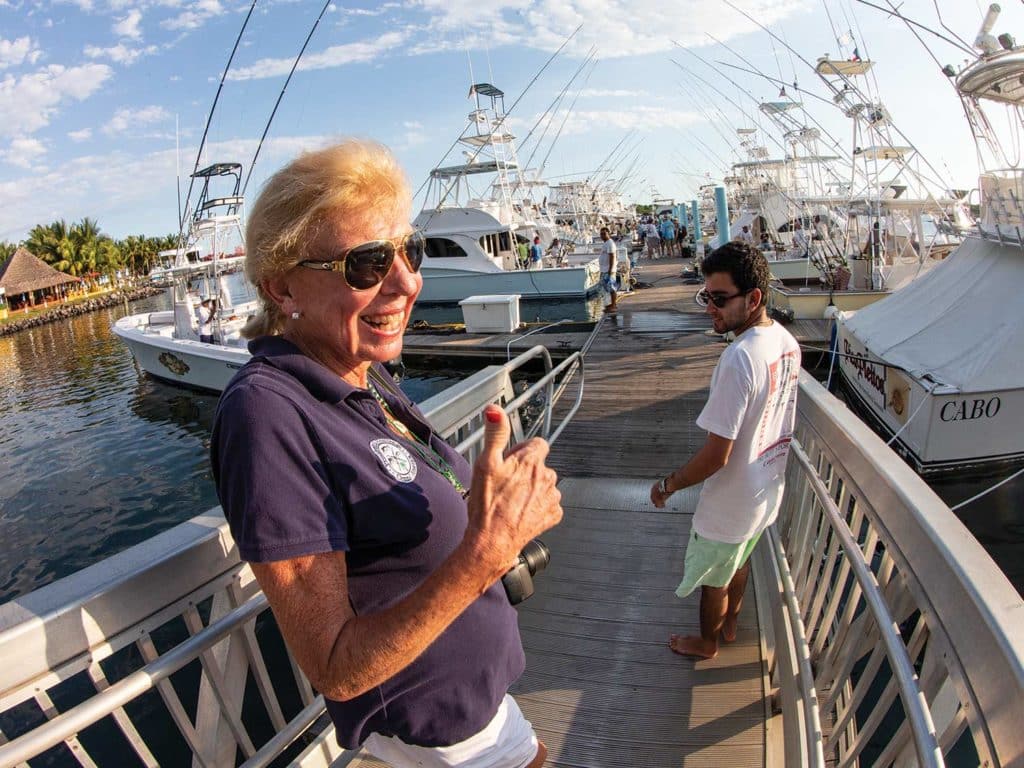
Q: How did you get started in light-tackle fishing?
A: I started as a guide in the Keys kite-fishing for sailfish, but my parents were also very good light-tackle anglers. It’s a lot more challenging, but to me, it’s also more fun. And as I’ve gotten older, I have also learned that it’s way easier on my body. I’ve had just about all of my joints torn apart by fishing. Both elbows are held together with screws, I’ve had rotator cuff surgery on both of my shoulders, and I’ve torn both bicep tendons—all from either fishing or boating meat fish on heavy tackle.
Q: Favorite fish story?
A: I was fishing for broadbill swordfish on light tackle on a trip to Kenya, in East Africa. I hooked a nice one on a live bonito, and after a pretty long fight, I see the local crew getting the flying gaff ready. They were absolutely freaking out, and not just because it would have been an IGFA 12-pound-test world record. I kept screaming, ‘You’re not going to kill this fish—I do not and will never kill anything with a bill on it!’ I wound the leader to the rod tip for a legal release, and then the 120-pound swordfish swam into a floating tree near us that we didn’t even see. To my absolute delight, the line broke.
Q: What are some of the best days from the Presidential Challenge series over the years?
A: We started in Flamingo, Costa Rica, back in the late 1990s, and since then, I’ve run 85 tournaments in Guatemala, El Salvador, Costa Rica, Panama, Aruba and Venezuela. Our best event from a fishing standpoint was in 2014 in Guatemala: We had just 12 boats and 45 anglers but released 845 sailfish and four blue marlin in three days. When we ran the Presidential Caribbean Cup in Venezuela, there were plenty of grand slams as well.
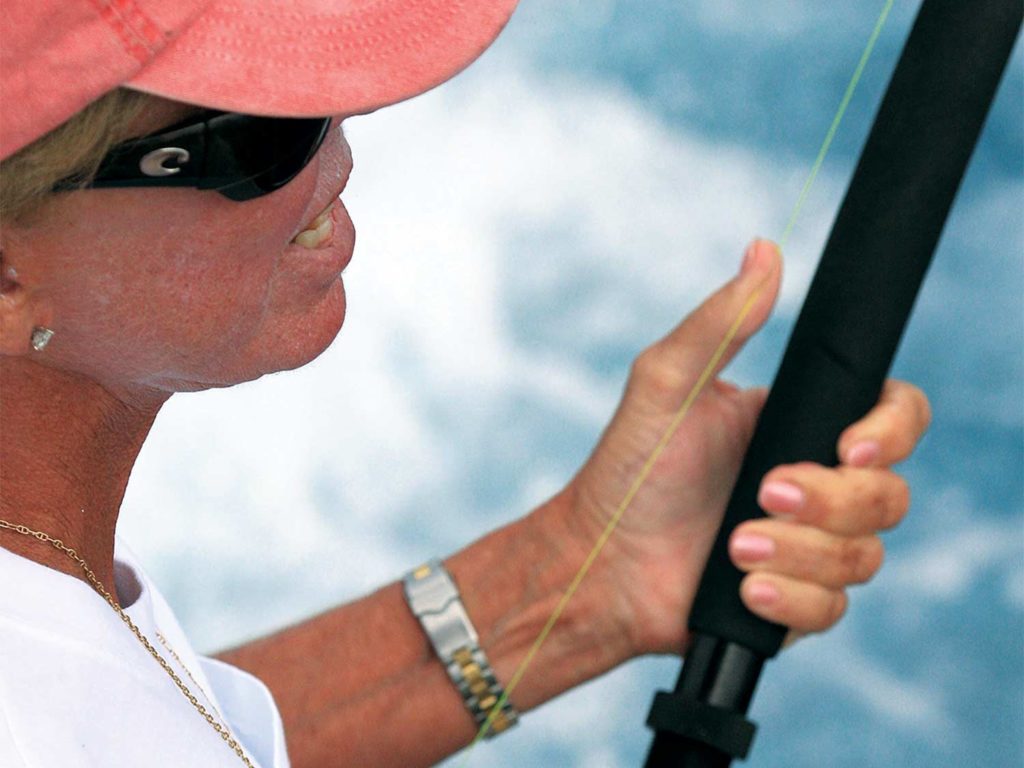
Q: During the coronavirus pandemic, you pivoted from hosting in-person tournaments to virtual events. How did that work out?
A: Surprisingly, it went over very well—we first used a virtual format in the Presidential Flamingo Fishing Rodeo, then we held our first Presidential Challenge of Central America virtual event, which was open to boats fishing from southern Mexico to Panama. We used the CaptApp phone application that was developed and introduced by Capt. Joe Crawford, which allows the user to video their catch with a time, date and location stamp, and then upload it later when they return to cell range, where it’s verified by a staff of judges. Boats can fish from their home ports, so it’s pretty neat to have everyone competing throughout the entire Pacific coast of Central America. And now we have announced that we’re going to do a ladies’ worldwide virtual fishing tournament, which will be the first one of its kind.
Watch: Tempt a black marlin with this swimming mackerel.
Q: What advice would you give up-and-coming anglers?
A: Learn how to hook your own fish. Women and children who are interested in this sport shouldn’t be afraid to get on the water and learn the basics in terms of tackle and techniques. Ask questions and try to get as much experience as possible. Fish as often as you can. And take care of yourself, especially with the proper clothing and lots of sunscreen—I’ve been dealing with skin-cancer issues for years. If I have a legacy, it’s to encourage everyone to fish for fun—whether in tournaments or not—for the love of fishing above all else.




